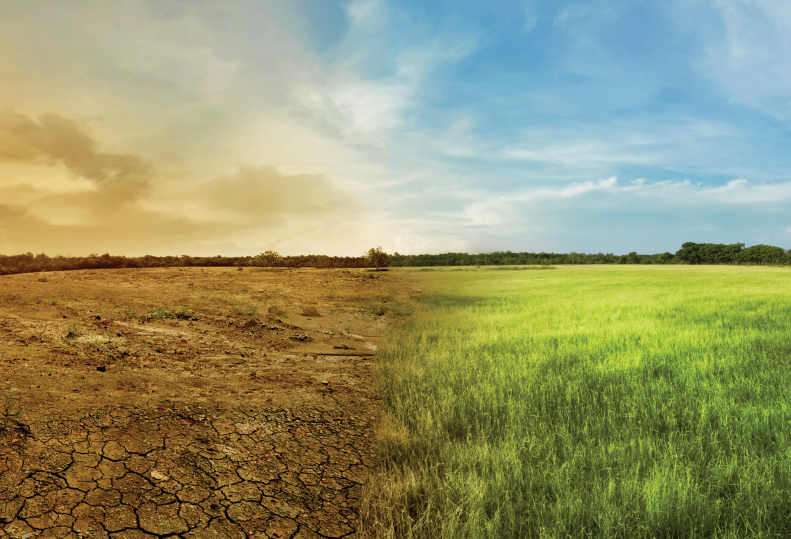Guidance on estimating the mitigation potential of restoration
New practical guidance is now availible to estimate the mitigation potential of forest landscape restoration and help inspire countries to take more climate action, and increase their ambition to remove and avoid carbon dioxide emissions.

Photo: iStock
The potential of forest landscape restoration (FLR) activities to remove and help avoid carbon dioxide emissions is becoming increasingly important for meeting the goal of the Paris Agreement. The FLR approach translates into a wide range of economically, environmentally, and socially beneficial land-use activities. It utilises the natural carbon cycle to increase terrestrial carbon storage in vegetation and soils.
While FLR activities are being promoted and implemented by a range of actors, information on the extent to which these activities will contribute to national greenhouse gas (GHG) targets remains limited. Numerous useful tools for estimating GHG and carbon impacts of land use activities already exist. These can, to a varying degree, be used to estimate GHG emissions and removals resulting from certain FLR activities. Such tools, however, typically require a sophisticated understanding of GHG estimation processes and highly detailed information on FLR activities, which may not always be accessible.
To overcome such knowledge and awareness barriers toward utilising FLR in meeting global climate commitments, we present you with a practical guidance document to estimate GHG emissions and removals from FLR activities:
Estimating the mitigation potential of forest landscape restoration: Practical guidance to strengthen global climate commitments
The guidance fills an existing gap by aligning FLR mitigation potential estimation with existing national and sub-national processes, and by creating a cost-effective preliminary estimation of long-term mitigation benefits. Such early estimates are suitable for leveraging additional support for FLR and highlighting mitigation potential to inform national and sub-national GHG estimation processes and commitments. Consequently, the guidance is tailored to FLR practitioners in need of understanding the basic concepts behind GHG estimates, and to national policymakers looking for nature-based solutions to increase the NDC ambition.
Users of the guidance materials will be able to:
- Understand the relationship between FLR opportunities and national GHG estimation processes
- Summarise and clearly define the identified FLR opportunities with relevance for estimating the mitigation potential
- Identify potential gaps in the scope of national GHG estimation and NDCs while highlighting concrete opportunities for their respective enhancement
- Generate awareness and communicate the mitigation potential of FLR including for the achievement of NDCs and Bonn Challenge targets
- Provide a basis for reporting progress against restoration goals defined under NDCs, the Bonn Challenge, or the New York Declaration on Forests.
– Web story by Elmedina Krilasevic, IUCN



